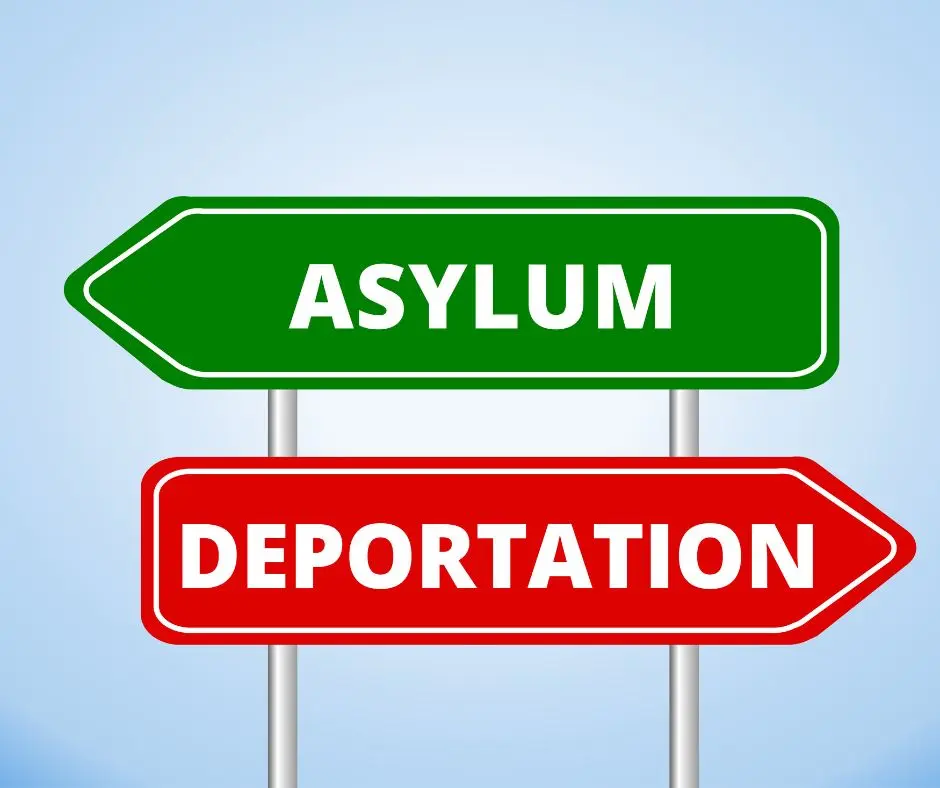
.Canada’s Immigration Crossroads: Balancing Security and Humanitarian Concerns
In a year marking considerable changes in immigration policies, Canada finds itself at a critical juncture in 2024. The nation has witnessed a significant rise in deportations, reflecting its intensified focus on immigration enforcement amid growing pressures on its asylum system and public infrastructure.
Growing Deportation Numbers
Recent data indicates that Canada deported 7,300 people from January 1 to November 19, 2024, a notable 8.4% increase from the previous year and an impressive 95% rise from 2022. These statistics highlight the highest annual deportation numbers seen under Prime Minister Justin Trudeau’s government since it first took office. This surge comes as the Canada Border Services Agency (CBSA) projects further increases, with a large number of individuals still marked for potential deportation.
Prioritizing Asylum System Integrity
The majority of deported individuals in 2024, about 79%, were failed refugee claimants, underscoring a strategic shift toward addressing the backlog of asylum cases. The backlog poses a significant challenge, with more than 278,457 claims pending. The CBSA attributes the deportation increase to a spike in asylum applications since 2020, emphasizing the need to uphold the integrity of Canada’s immigration system.
Economic and Political Influences
Amidst economic challenges and public concern, the Canadian government has responded by boosting deportation funding, committing C$65.8 million in 2023-24 with further investments planned. Housing shortages in cities like Toronto and Vancouver have fueled debates over immigration’s impact on urban infrastructure, prompting a more stringent approach to border security and deportations, influenced partly by U.S. pressures.
Humanitarian Concerns and Legal Challenges
Despite government assurances of efficiency, critics caution against the potential risks to individuals facing deportation, particularly those appealing asylum decisions. Aisling Bondy, president of the Canadian Association of Refugee Lawyers, highlights the dangers of deporting individuals who might face persecution, stressing the need for accurate risk assessments in such cases.
Navigating Operational and Regional Complexities
Ontario and Quebec bear the brunt of the deportation efforts, dealing with over 60% of the backlog. The process is further complicated by international cooperation issues and legal hurdles, affecting the removal of approximately 21,000 individuals deemed “non-removable” due to factors like statelessness or lack of travel documentation.
Future Directions and Policy Implications
As Canada seeks to recalibrate its immigration approach, the increase in deportations is part of a broader policy realignment aimed at managing population growth and addressing public concerns. The government’s focus on deportations suggests a sustained emphasis on enforcement, particularly targeting failed refugee claimants.
Looking forward, with substantial funding secured through 2027, Canada is poised to maintain or possibly exceed the deportation levels observed in 2024. This approach signals a pivotal moment in national policy, as Canada strives to balance robust border security with the protection of human rights, navigating the complex interplay of political, economic, and humanitarian considerations.
 Author: Azadeh Haidari-Garmash, RCIC
Author: Azadeh Haidari-Garmash, RCIC
